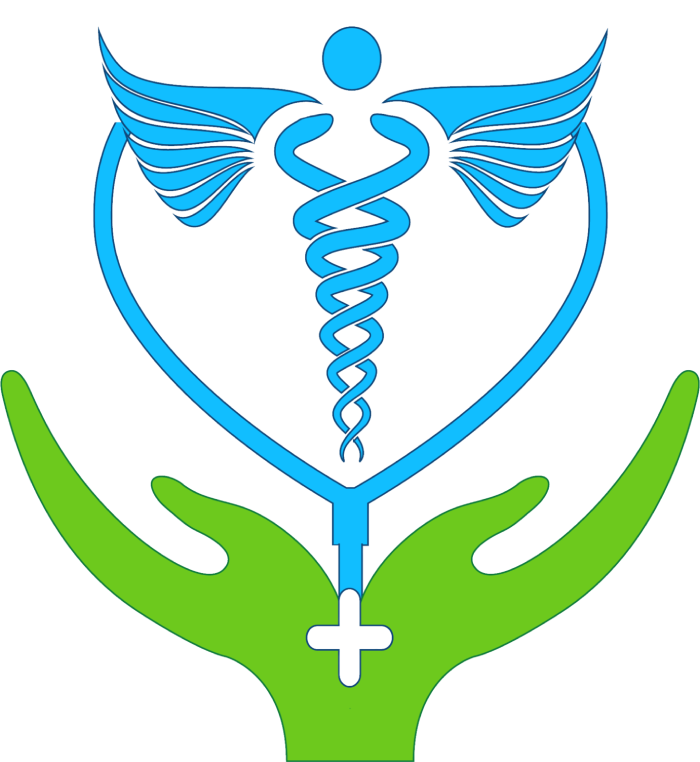
Radiology in Turkey
Radiology is the medical field in which intra-body imaging is performed, and the images of vessels, soft tissues, and bones are obtained and the images that are received get interpreted for the purpose of diagnosing various diseases. In the radiology department, high-frequency sound waves and magnetic fields are used for diagnostic purposes. With the help of this method, the in-body images are obtained, and radiologists interpret the images in order to detect diseases and send them to the necessary medical field doctors. Thanks to Turkish radiological services, you can get the proper examination you require and get started on your treatment.
Which Diseases Does Radiology Examine?
Radiology tracks and scanning services comprise a lot of fields and help the diagnosis of many diseases. The following fields follow as:
Pregnancy Tracking
Ultrasound, which is among the radiology techniques, is routinely used in the follow-up of pregnancy. Information such as examining the baby's development, learning its gender, how the baby develops according to the month of the pregnancy, neck thickness, height measurement, and information related to these sections are evaluated with ultrasound. Therefore, it is necessary to apply radiology techniques in order to obtain information about the development of the baby during pregnancy follow-up. The use of a number of imaging techniques for women with suspected pregnancy or pregnant women can be harmful due to possible health problems that could be caused by radiation. MR imaging of pregnant women can be performed when necessary, and the cause of any possible complaints can be revealed. MRI is performed by radiology technicians and interpreted by radiologists.
Cancer Diseases
Radiology techniques are mostly used for diagnosing cancerous diseases. Radiological imaging is needed in diagnosing all cancer types. From the stage of diagnosis of cancer to the follow-up of cancerous structures, various radiological imaging supports the process. Radiology techniques are used not only to diagnose cancerous structures but also to understand and clearly demonstrate how successful the treatment is. The Radiology department and radiologists and other field doctors continue to work in cooperation in the diagnosis and treatment of cancer diseases.
Injuries
One of the fields of medicine where radiology techniques are used commonly is when traumatic injuries happen. In case of trauma or an accidental injury, radiological imaging techniques are used to determine the damage to the body and the internal organs. The necessary information for emergency intervention can only be obtained through radiological imaging. In addition to this, radiology techniques are used on follow-up examinations to monitor the patient’s health after the injury.
After the first intervention, the patient whose arm is broken as a result of an injury, orthopedists refer their patients to the radiology department and interpret the images in order to determine the structural unity of the bone in the follow-up examination. Radiological imaging is always needed in order to treat traumatic injuries.
Cardiovascular Diseases
Radiology techniques are also used in the detection of cardiovascular diseases. Radiological imaging is important in revealing the functioning of the heart and vessels and in checking whether they are working as they should. According to the radiological examinations, the patients are diagnosed and the necessary treatment process is planned.
Lung Diseases
Radiological imaging is routinely performed in the diagnosis of lung diseases. Various techniques in the field of radiology are applied in accordance with the complaints and symptoms of the patients. There are radiological imaging techniques that guide the professionals in the field with several lung diseases from lung cancer to pneumonia.
Bone Diseases
A number of imaging techniques of the radiology department are constantly used in order to diagnose and treat bone diseases. Because it is necessary to perform imaging in order to view the bones in the body, determine their condition, and perform the necessary treatment. It is only possible with radiological imaging to fully reveal fractures or cracks in the bones, bone structure disorder, or cancerous bone structure.
Musculoskeletal Diseases
In order to treat musculoskeletal diseases, the current state of the musculoskeletal system should be revealed. To detect the problems of the patients who have complaints within the scope of musculoskeletal system diseases before any surgical procedure is performed, by using radiology techniques. Therefore, radiological imaging is very necessary for the diagnosis and treatment of musculoskeletal diseases. The radiology department and its radiologists are used to provide health services for the musculoskeletal system disorders of patients.
Nervous System Diseases
Radiological methods are used for the treatment of nervous system diseases too. In order to reveal the current status of the nervous systems the patients with nervous system diseases and to detect problems, radiological imaging is performed. The treatment of diseases such as nerve-ending inflammation and similar diseases is diagnosed by the images obtained and interpreted by radiologists.
Dental Diseases and Jaw Diseases
Within the scope of dental and jaw diseases, radiological imaging techniques are used before the extraction of unhealthy and decayed teeth. The imaging is mandatory in order to detect the decayed tooth that causes pain and ache in the mouth. Radiology imaging is used within the scope of oral and dental health to detect the problematic tooth. The caries structure takes place in the tooth roots and the imaging of the tooth roots is only possible with radiological imaging. In addition to dental caries, radiological imaging techniques are also used to detect jaw disorders and to diagnose cysts and tumor formations.
Soft Tissue Diseases
Detection of soft tissue diseases and problems in soft tissues can only be revealed as a result of radiological examination. Radiology techniques allow full and three-dimensional imaging of soft tissues in the body without the need for any surgical procedures. Soft tissue diseases can be treated, and if a surgical procedure is required, operational planning is made.



